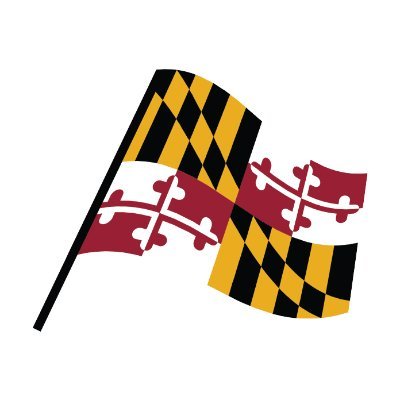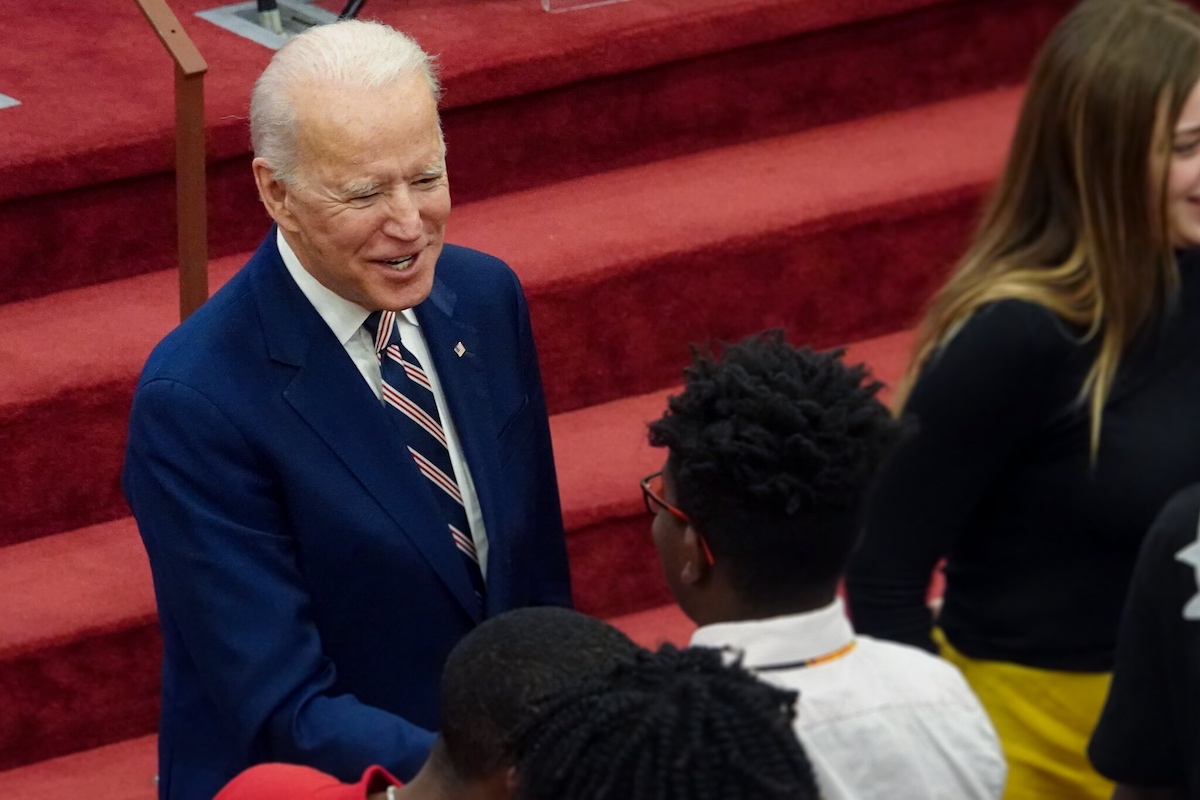The Biden administration on Monday announced $42.45 billion to connect all Americans to high-speed broadband internet by the end of the decade, likening the ambitious goal to FDR’s New Deal-era rural electrification program that brought the then-modern technology to farms and rural areas across the United States.
The funds, which will be distributed as grants across U.S. states and territories, are allocated under the bipartisan infrastructure law, passed in 2021, but unveiled as the kick-off for the administration’s three-week tour highlighting infrastructure projects and private sector investment across the U.S.
“What we’re doing is, as I said, not unlike what Franklin Delano Roosevelt did when he brought electricity to nearly every American home and farm in our nation. Today [Vice President] Kamala [Harris] and I are making an equally historic investment to connect everyone in America to high-speed internet, and affordable high-speed internet, by 2030,” Biden said at the White House event in the East Room attended by guests and members of Congress.
“Because for today’s economy to work for everyone, internet access is just as important as electricity was, or water or other basic services,” Biden continued.
Twenty-four million people lack access to high-speed internet because networks do not reach their homes or because of affordability issues, according to the administration.
Harris opened the event with a description of her visit to Sunset, Louisiana, where she said 40% of households do not have broadband access.
“In Sunset, I met with parents who cannot apply for remote-work jobs because they do not have a high-speed internet connection at home,” Harris said. “I met with entrepreneurs who struggle to start or grow a small business because they cannot get online. And I met with students who, when public buildings were closed during the pandemic, had to sit in the parking lot of a local library just to submit their homework over Wi-Fi.”
Jeff Say, manager of community engagement for UVA Health Culpeper Medical Center and a resident of Culpeper County, Virginia, told the crowd that the local internet service provider’s broadband connectivity stops a half mile from his home.
“What we ended up with was a hotspot that’s spotty at best and an ongoing struggle to work our schedule around the lack of connectivity,” Say said after Harris spoke and before he introduced Biden.
“We have to drive our children into my work, to my wife’s school, or to our county library to finish projects or homework assignments. Every aspect of our daily life has now seemingly been touched by internet access — education, health, commerce, and entertainment,” he continued.
Each state’s funding through the federal program is determined by a formula using the number of households and businesses that lack access to broadband.
The announcement was hailed by state lawmakers and officials, including in Maryland, which hosts an Office of Statewide Broadband.
“Every Marylander should have access to high-speed Internet, which plays a pivotal role in shaping economic outcomes and is to equitable development today what water and sewer systems have been for the past 150 years,” Maryland Department of Housing and Community Development Secretary Jake Day said in a statement. “The Office of Statewide Broadband is dedicated to bridging the digital divide and addressing disparities for residents across the state.”
‘Bidenomics’ touted
Connecting Americans to high-speed internet is a “key part” of “Bidenomics” — Biden’s plan that “is rooted in the simple idea that we need to grow the economy from the middle out and the bottom up — not the top down,” according to a memo the administration released Monday.
During his remarks on broadband funding, Biden highlighted recent employment numbers and big-ticket private investment in areas like semiconductor manufacturing — a nod to the CHIPS and Science Act he signed into law in 2022 that provided subsidies for the industry — as proof of his administration’s recent economic success.
The latest round of broadband grants builds upon the Affordable Connectivity Program that provided income-eligible families at least a $30 discount per month on internet service as a part of the American Rescue Plan, both Biden and Harris noted.
Dubbed the “Internet for All” initiative, Monday’s announcement begins the near-month-long tour by Biden and administration officials to spotlight some of the 35,000 projects either funded or underway since Biden took office.
Biden is running for re-election in 2024.
The money will first be prioritized to install and upgrade broadband networks, according to the White House. Once those goals are met, remaining funds can be used for “access-, adoption- and equity-related uses.”
The Department of Commerce’s National Telecommunications and Information Administration will administer the grants to all 50 states, as well as the District of Columbia and five U.S. territories. The funding comes from the Broadband Equity, Access and Deployment program established under the Infrastructure Investment and Jobs Act.
States and territories are expected to receive a formal notice of allocated funds by June 30.
States, internet providers, tribal governments and community organizations will then have 180 days to submit grant proposals. The various grants are detailed at InternetForAll.gov.
_
Maryland Matters is part of States Newsroom, a network of news bureaus supported by grants and a coalition of donors as a 501c(3) public charity. Maryland Matters maintains editorial independence. Contact Editor Danielle Gaines for questions: dgaines@marylandmatters.org. Follow Maryland Matters on Facebook and Twitter.

This news article was written by Ashley Murray for Maryland Matters, where it originally appeared. It is republished here via a Creative Commons license.
Before you go...
Please consider supporting Technical.ly to keep our independent journalism strong. Unlike most business-focused media outlets, we don’t have a paywall. Instead, we count on your personal and organizational support.
Join our growing Slack community
Join 5,000 tech professionals and entrepreneurs in our community Slack today!

Entrepreneurship is changing, and so is the economic development behind it

Delaware’s vision for the year 2276: Quantum, sustainability and, above all, community

Ghost Robotics settles ‘robot dog’ patent lawsuit with Boston Dynamics

